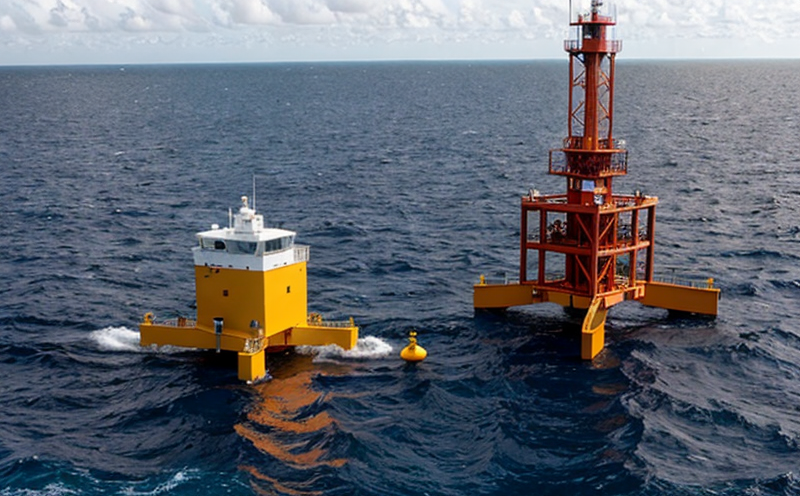Testing Buoyancy of Offshore Structures in Water
Unlocking Safety and Efficiency Testing Buoyancy of Offshore Structures in Water with Eurolab
In the realm of offshore engineering, the design and construction of structures that can withstand the harsh conditions of the ocean are crucial for ensuring safety, efficiency, and compliance with regulations. One critical aspect of this process is testing the buoyancy of offshore structures in water, a laboratory service provided by Eurolab. This cutting-edge technology enables businesses to validate their designs, identify potential risks, and optimize their structures for optimal performance.
What is Testing Buoyancy of Offshore Structures in Water?
Testing Buoyancy of Offshore Structures in Water involves evaluating the ability of an offshore structure to float or remain afloat in water. This laboratory-based service simulates real-world conditions, allowing engineers to assess how a structure will behave under various loads and scenarios. The process typically involves
Structural preparation The offshore structure is carefully prepared for testing by attaching sensors and other equipment as required.
Buoyancy testing The structure is submerged in water, and its buoyancy is measured using specialized equipment, such as pressure sensors or weight measurement devices.
Data analysis The collected data is analyzed to determine the structures ability to float or remain afloat under various conditions.
Why is Testing Buoyancy of Offshore Structures in Water Essential for Businesses?
In todays competitive offshore engineering landscape, businesses need to ensure that their designs and structures meet the highest safety and efficiency standards. Here are some compelling reasons why testing buoyancy is essential
Improved Safety By identifying potential buoyancy-related issues early on, businesses can prevent accidents, injuries, and even fatalities.
Increased Efficiency Optimized structural design enables better performance, reduced maintenance costs, and improved overall efficiency.
Compliance with Regulations Testing buoyancy ensures that structures meet or exceed regulatory requirements, minimizing the risk of costly rework or non-compliance penalties.
Key Benefits of Using Eurolabs Testing Buoyancy Services
Here are just a few key benefits of partnering with Eurolab for your offshore structure testing needs
Accurate and Reliable Results Our state-of-the-art equipment and expert technicians ensure that data is precise, reliable, and actionable.
Reduced Risk By identifying potential issues early on, businesses can minimize the risk of costly delays, rework, or non-compliance.
Customized Solutions We work closely with clients to tailor our services to meet their unique needs and requirements.
Frequently Asked Questions (FAQs)
Q What types of offshore structures can be tested using Eurolabs buoyancy testing service?
A Our laboratory is equipped to test a wide range of offshore structures, including but not limited to
Oil platforms
Gas platforms
Wind turbines
Pipelines and risers
Subsea equipment
Q How long does the testing process typically take?
A The duration of our testing services varies depending on the complexity of the project. However, most tests can be completed within 1-3 days.
Q Can I get results in real-time or near-real-time?
A Yes, we offer real-time data collection and analysis capabilities to ensure that clients receive timely and actionable insights.
Conclusion
In conclusion, testing buoyancy of offshore structures in water with Eurolab is an essential step in ensuring the safety, efficiency, and compliance of businesses operating in this industry. By leveraging our cutting-edge technology and expert services, companies can optimize their designs, minimize risks, and maximize returns on investment.
Stay ahead of the curve by partnering with Eurolab today.




